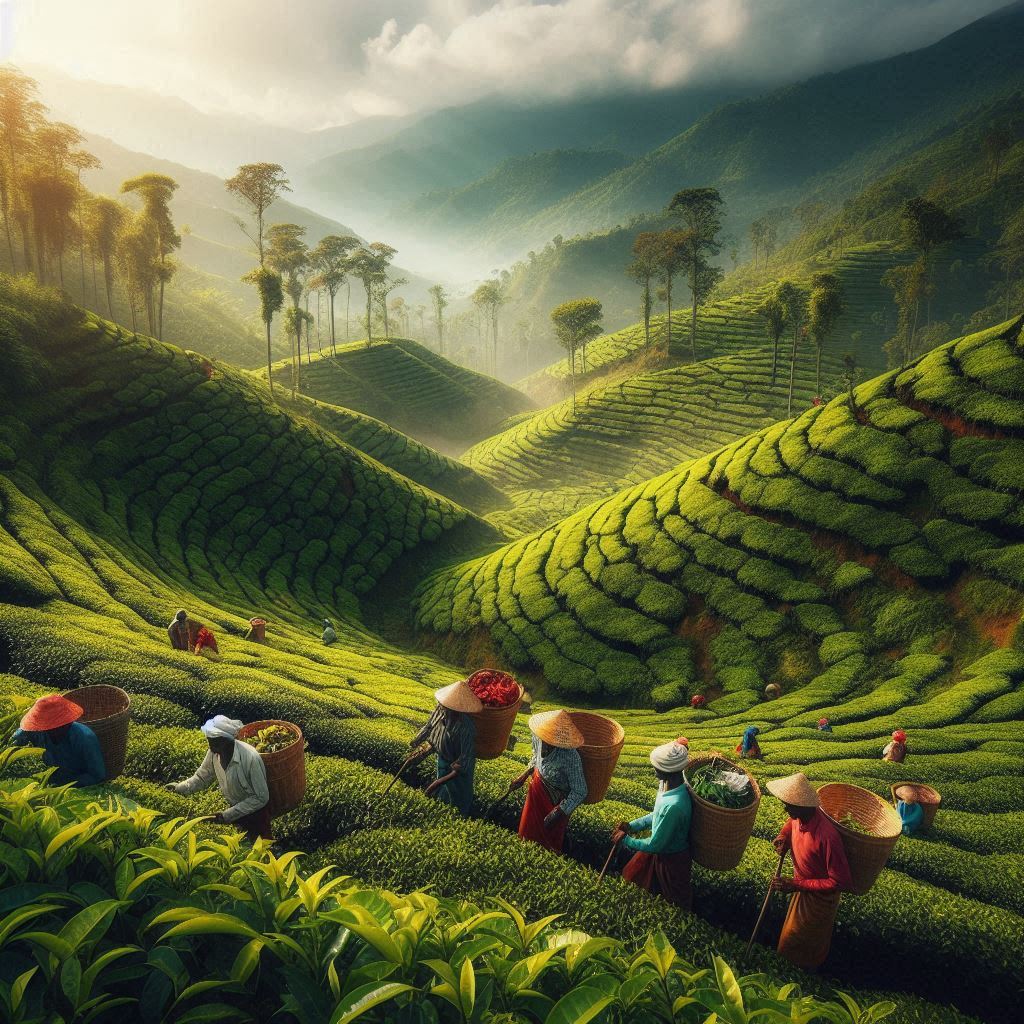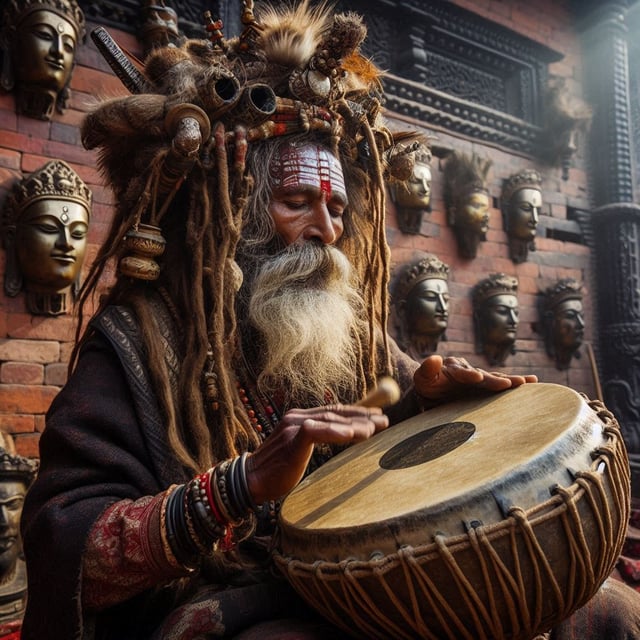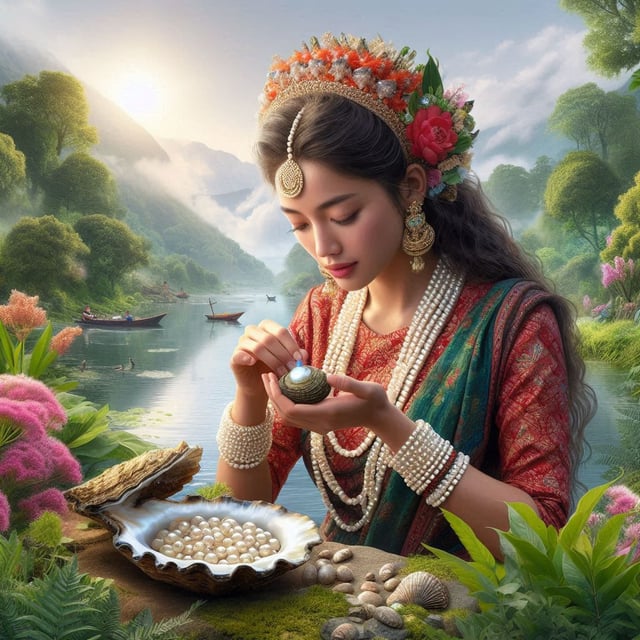Nepali Tea - Chia

An old legend suggests that one day tea leaves fell into boiling hot water while the water was about to be served to a Chinese Emperor. The Emperor decided to drink the mix of hot water and leaves, which then became drinking ’tea’.
By 1606, tea was being shipped from China to Holland and the rest of Europe.
Nepal which borders China did not develop a taste for tea for quite some time.
Even in the 1960s it was revealed that Indians who migrated to Kathmandu found tea a rare commodity in Nepal.
The history of tea in Nepal is not linked to British interference in South Asia but to the neighborly relationship between Nepal and the Chinese Emperor.
The first tea seeds came as a gift from the Chinese Emperor to Prime Minister Jung Bahadur Rana of Nepal.This led to the creation of the Ilam Tea Estate in 1863.
It took more than a century to establish a second tea State; Soktim Tea Estate in Jhapa. This very much reveals that Nepalis originally were not much into tea.
However, as roads started connecting various parts of Nepal, it slowly started emerging as a tea drinking country.
In Nepal, there are 28,700 hectares of land that produce 6,097 tonnes of tea in the hills as well as 19,108 tonnes of crush-tar-curl (CTC) tea (which is strong and bright) in the lowland of Terai.
Traditionally, due to a lack of government support; Nepali farmers sold tea below the market value and this tea was rebranded as premium Darjeeling tea, a Hilly region of India that has deep historical relations with Nepal.
In September 2020, Nepal got its trademark for tea. Nepal needed 157 years to get the trademark since the first tea plantation was established in Nepal.
The Ministry of Agriculture and Livestock Development distributed trademark certificates based on Nepal Orthodox Tea Certification Trademark Directive 2018 to 12 tea factories and cooperatives in Fikkal, Ilam. Trademarks protect the loss of reputation and increase its value.
Nepali Orthodox tea is gaining popularity for its quality, aroma, taste, and aftertaste. 42 factories had applied for trademarks but only 12 qualified and out of these twelve 9 are in Ilam.
There has been a fall in the export of Nepali tea because of the rise in domestic consumption.
Nepal has also started participating in tea auctions. The National Tea and Coffee Development Board (NTCDB) conducted a tasting ceremony in April 2023 and sold its tea in an auction.
An American bought five kg of orthodox tea for Rs. 50,000 at auction, this was a large sum for Nepali farmers, who weren’t paid fairly.
Tea has also been helping Nepal in its overall development, there is also a potential for tea tourism. This form of tourism connects all senses; with serene views, the fresh smell of tea gardens, and the cool breeze of Illam which connects with the taste of world-famous tea.
Kanyam Tea Garden is the most visited tea garden in Nepal. As it gives a panoramic view of Mt. Kanchenjunga and the breathtaking landscape of Kanyam. Visitors enjoy hiking, and horseback riding with the stunning views of Mount Kanchenjunga.
Tea tourism is a culture in itself. It combines hiking, tea tasting, sightseeing, tea leaf picking, tea shopping, and nature all in one experience.
Author
Kripendra Amatya
Editor
Dana Moyal Kolevzon, Director of International Relations, Nepa~laya Productions
Published Date
January 1, 1970



